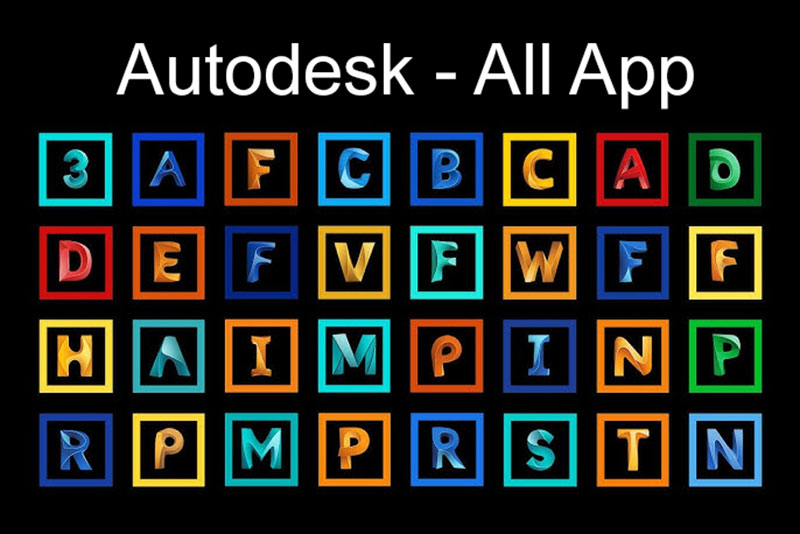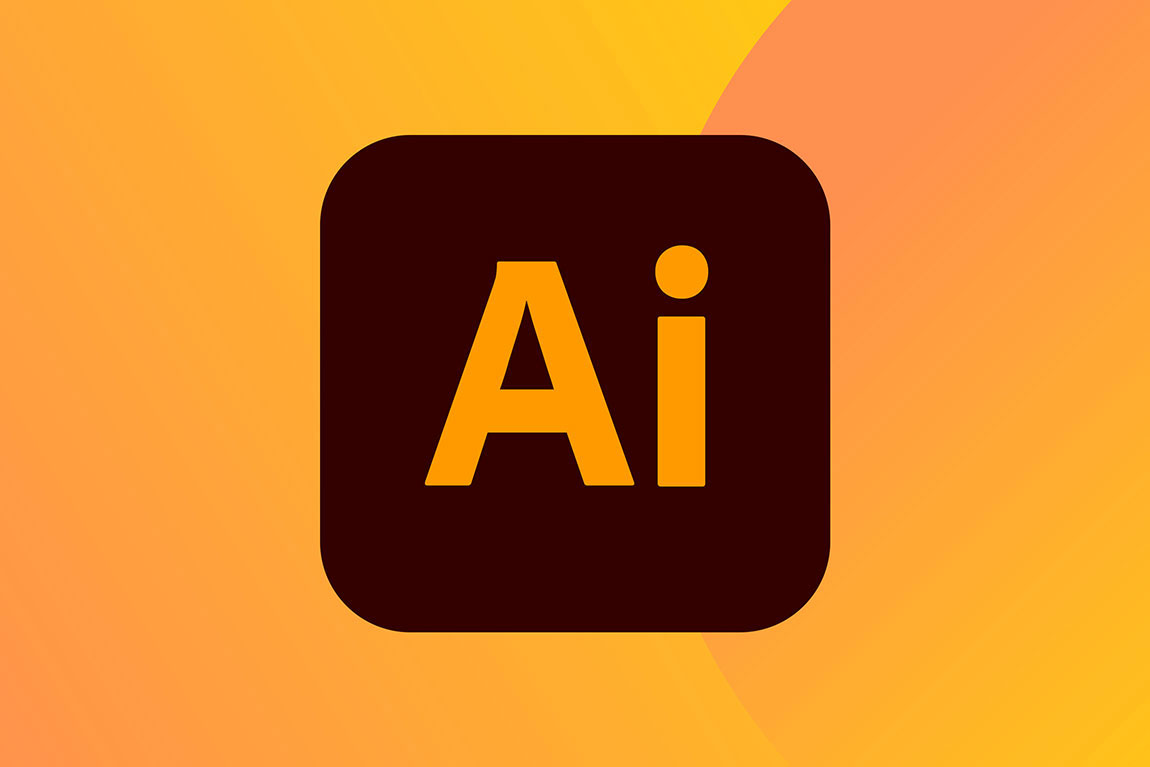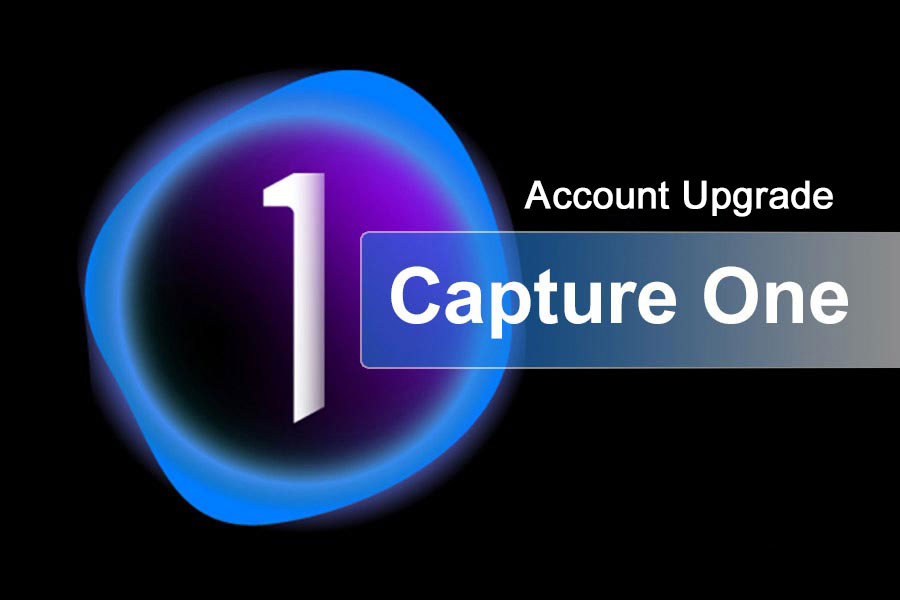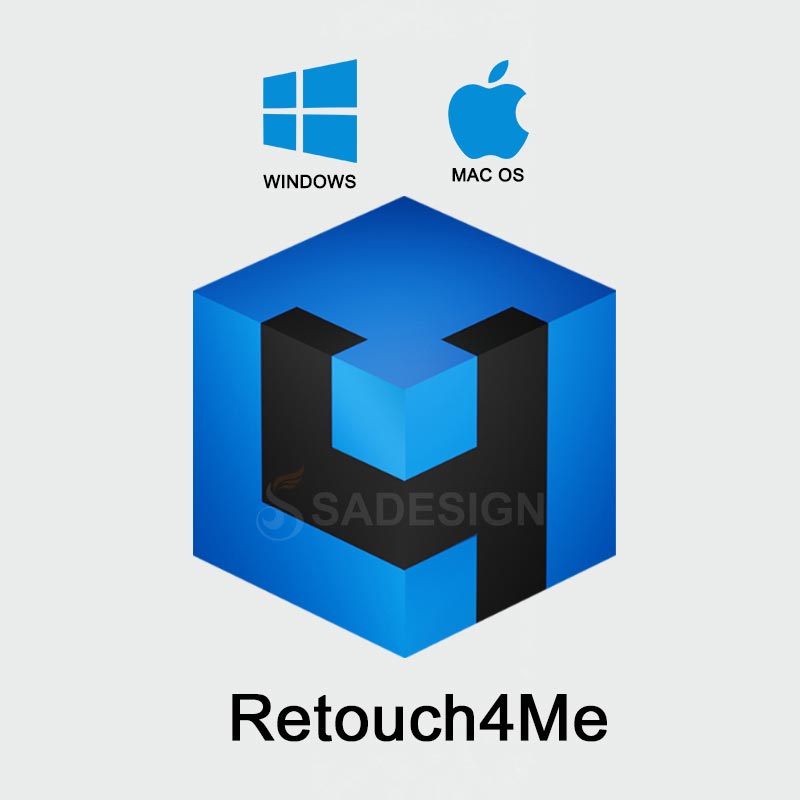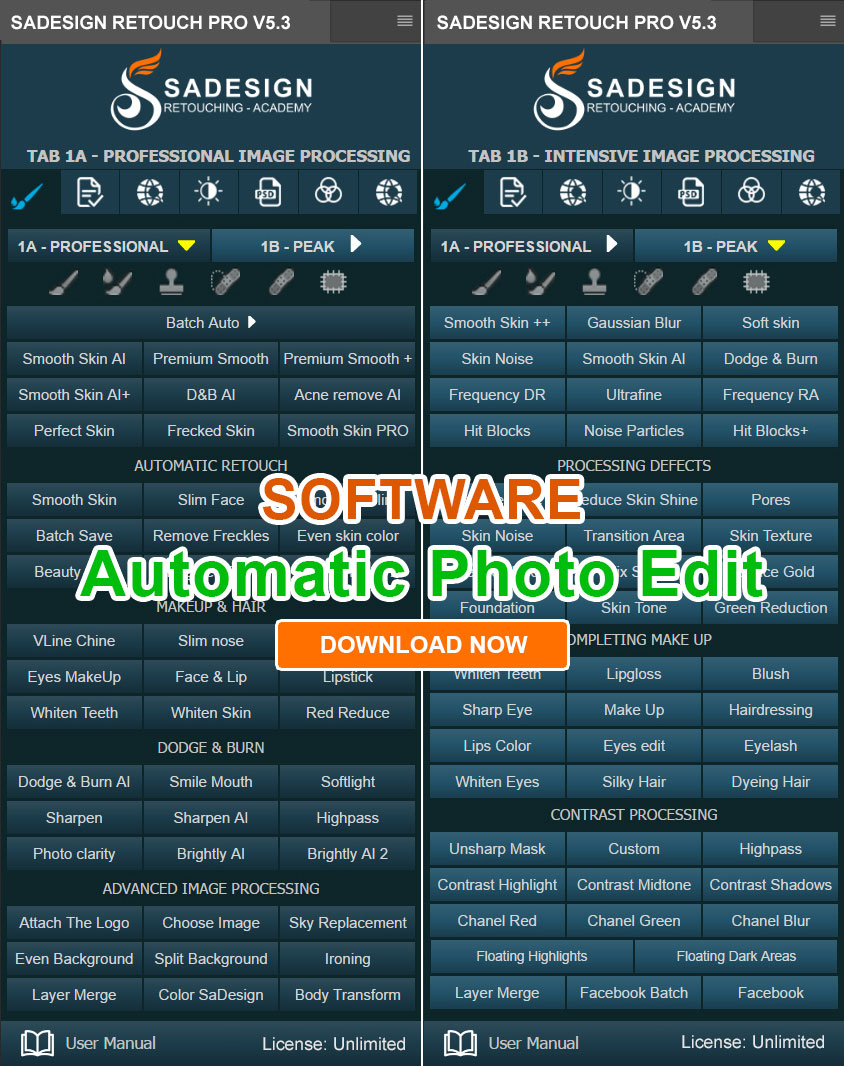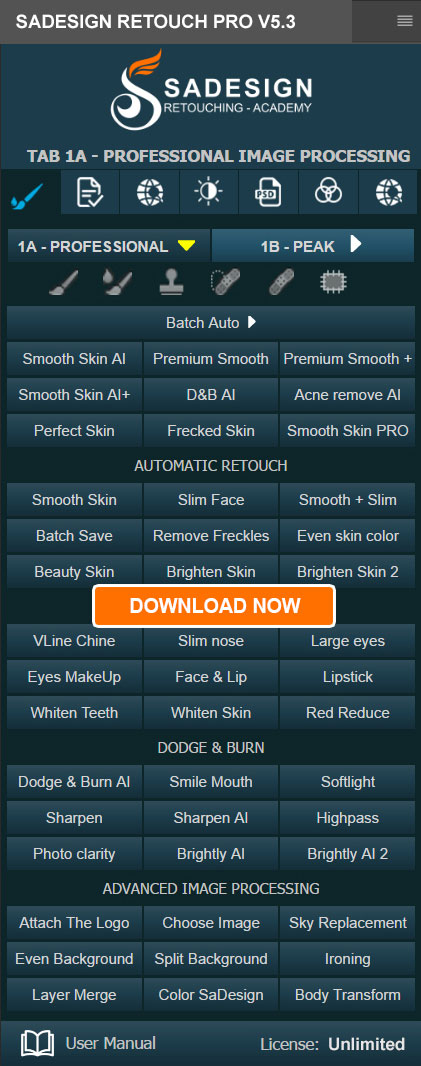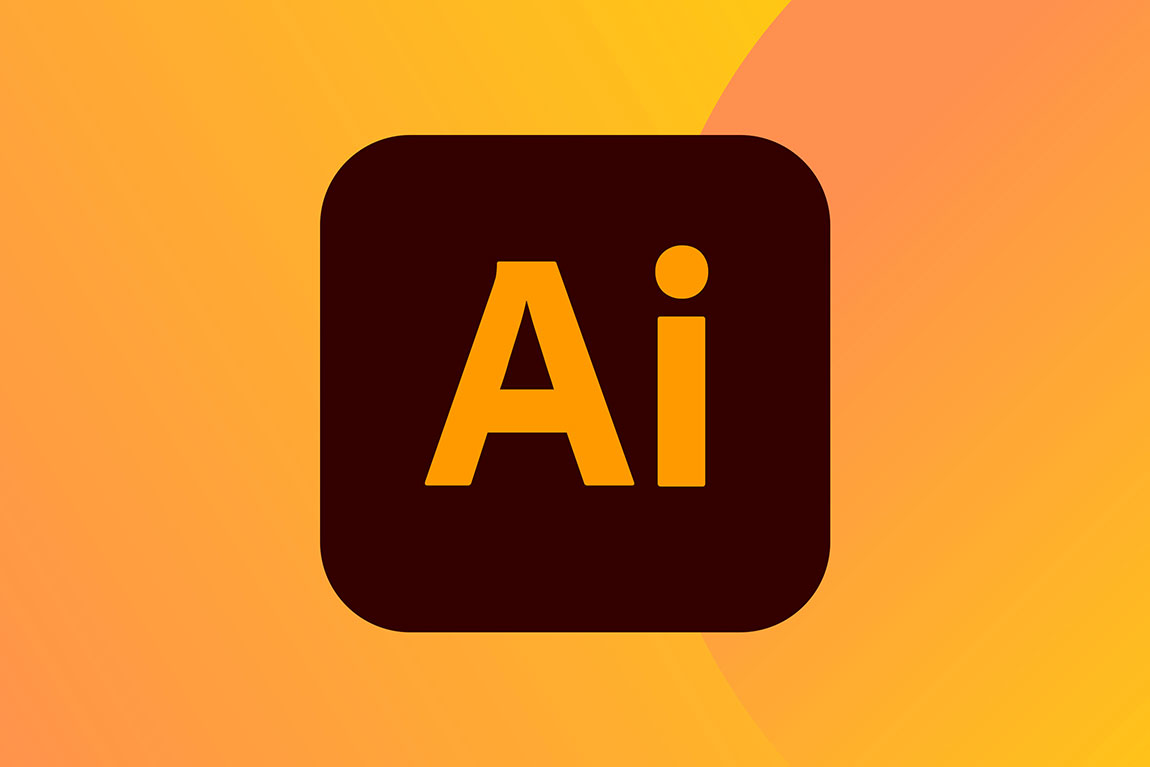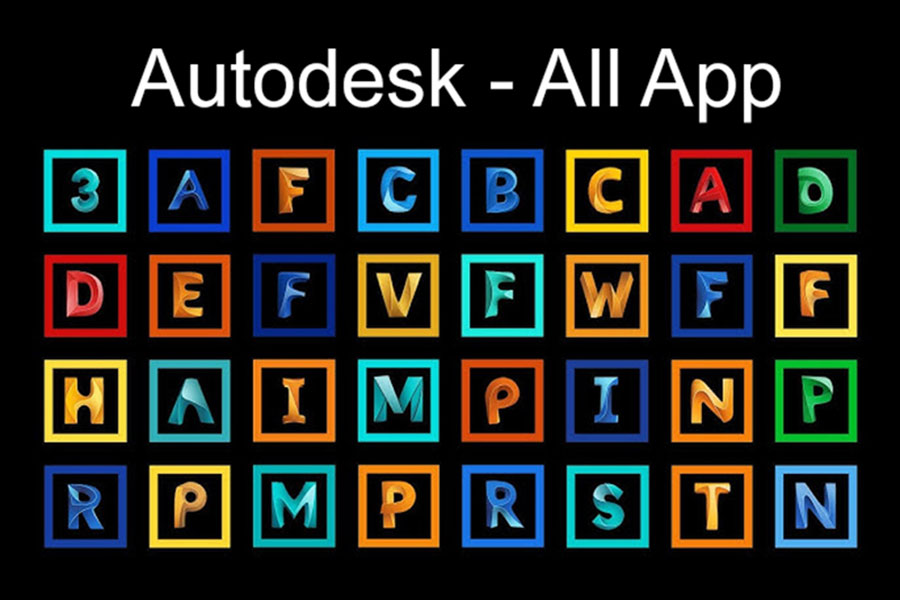Best Selling Products
Google Gemini and the update that makes it easier for users to chat with AI
Nội dung
- 1. Google chooses a subtle but effective solution
- 2. When a small button reflects a big design philosophy
- 3. The story of behavior and emotion behind the microphone button
- 4. Continuous experience
- 6. “Live overlay” design makes the conversation experience more flexible
- 7. Why small changes are so important
Google is quietly improving Gemini, making every conversation a more intimate and intelligent experience for users.
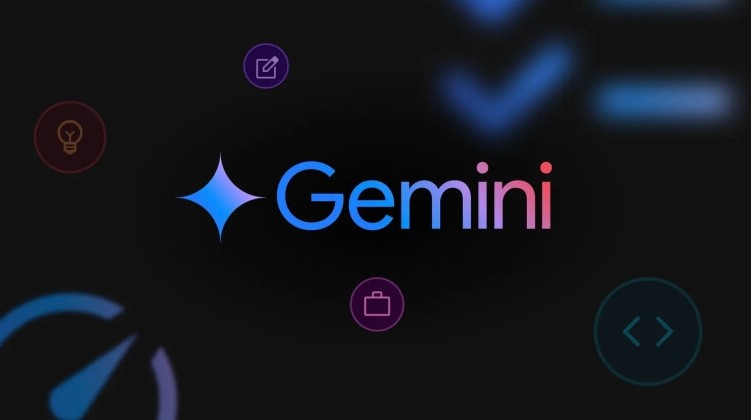
Historically, when a user was chatting with Gemini and paused to think, the system would stop listening. Technically, this was a sensible mechanism to save resources and avoid recording unnecessary sounds. But in terms of experience, it made the conversation feel intermittent, cold, and even frustrating. It felt like talking to an impatient friend, always waiting to interrupt or cut in.
In natural communication, a brief silence is never the end. It’s a pause for thought, for choosing words, or simply for breathing. A true friend will look you in the eye, waiting for you to continue, without prompting. And that’s what experience designers call “presence,” which makes the user feel like they’re talking to a listening entity, not just a software program responding to commands.
So while Gemini’s ability to stop listening when the user pauses might seem like a small behavioral design flaw, it’s actually a major roadblock to Google’s goal: recreating the natural experience of human-AI communication. When the “naturalness” is disrupted, things feel awkward and disconnected. Users no longer feel like they’re having a conversation, but rather interacting with a tool.
1. Google chooses a subtle but effective solution
Instead of completely changing how Gemini recognizes your voice, Google opted for a more subtle and neat approach: allowing users to “lock the microphone” on their own. In the latest beta version of the Google app (16.42.61), users can press and hold the microphone button in the Gemini app to keep listening. With the microphone locked, Gemini will continue listening even if the user pauses mid-sentence. When you want to end the conversation, just tap again to stop.
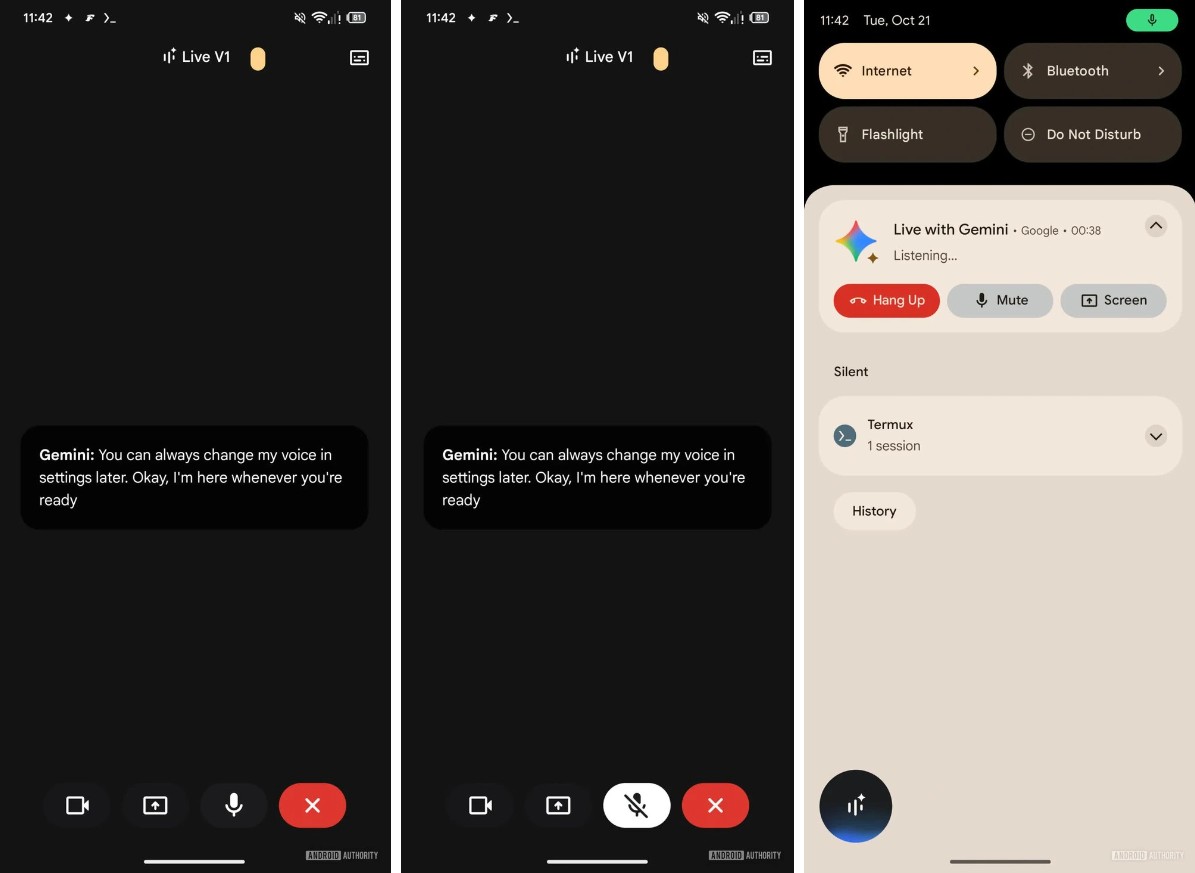
This operational simplicity hides a very deep design philosophy. Google understands that the problem is not that the system is not capable of listening, but that users want control over their experience. Instead of making Gemini an “always listening” device, Google puts the decision in the hands of the user. Actively holding down the microphone button to continue the conversation makes them feel more secure and in control, while maintaining the naturalness of the conversation.
Buy Cheap Google AI Pro (Gemini Pro) Account
This “tap to stay” mechanism feels intuitive, like holding someone’s hand to say “wait a minute, I’m still talking.” It allows the conversation to flow at a human pace, rather than a machine pace. It’s not just a technical solution, but a clear demonstration of how Google puts people at the center of its experience design .
2. When a small button reflects a big design philosophy
On the surface, this is just a small feature. But for designers, this is a living proof of the philosophy “design is in the details”: design is in every smallest detail.
In product design, especially in UX, the goal is not just to help users “get things done,” but to make it feel natural for them to do so. An ideal product is one that makes users forget they are interacting with technology. Like when we pick up a pen, the goal is not to think about how the pen works, but to let ideas flow smoothly through the pen.
Google, through its microphone lock feature, is getting closer to that philosophy. They want users to forget that they're talking to an AI system, and simply have a conversation with a listening entity.
The difference is in the feel. A little tap doesn’t just open the microphone, it opens up a sense of being respected in the conversation. And that’s what makes a “dead” technology “feel” like “life.”

3. The story of behavior and emotion behind the microphone button
Product designers understand that every user behavior decision is tied to emotions. A feature can work perfectly technically, but if it doesn’t touch the user’s emotions, it will still be considered a failure.
When Gemini stops listening too early, it feels like someone is cutting you off, like you’re having a conversation and they turn away mid-sentence. This feeling of “abandoning” is subtle but real. Google adding the option to lock the microphone is their way of saying, “I’m still here, feel free to continue when you’re ready.”
Pauses are a reflection of human thought and emotion. When a virtual assistant can understand or at least respect those pauses, it becomes much more human and natural. That is the first step in turning technology into a true companion, not just a smart tool.
4. Continuous experience
One of the biggest challenges of conversational design is maintaining continuity. When users are in “flow”: a state of focused, engaged conversation, any interruption, no matter how small, can cause them to lose interest.
Google understands this, and its designers have been working to eliminate these “breakpoints” in the experience. The microphone lock is an attempt to preserve the flow of conversation, to keep users from being pulled out of their thoughts by the mechanical mechanisms of the device.
A seamless experience is a core concept in modern UX. It’s not just about speed or efficiency, it’s about a sense of flow. When Gemini can wait for you in silence, it helps you maintain that “flow,” so you can focus entirely on the content instead of the action.

This is where technology and design diverge. Technology solves performance problems; design solves emotions. And when the two come together, we get truly fulfilling experiences.
6. “Live overlay” design makes the conversation experience more flexible
Along with the microphone lock feature, Google is also testing another improvement for Gemini Live, a floating interface overlay that allows users to interact with Gemini while using other applications. In the old versions, this overlay had a fixed position, sometimes covering important content on the screen, causing inconvenience for users when multitasking.
In the new version, users can move the Gemini Live overlay to any position: left, right, top, center, or bottom of the screen. This may seem like a small detail in the interface, but it has a huge meaning in experience design. It demonstrates the contextual UX mindset instead of forcing users to adapt to the fixed structure of the product.
What’s remarkable is that Google isn’t just adding a “drag and drop” feature for cosmetic purposes. They’re creating a fluid interactive environment where AI isn’t a separate window but a natural part of the workspace. Gemini Live’s fluid movement allows users to stay on task while still being able to chat, ask questions, or seek support from Gemini without feeling disturbed.
7. Why small changes are so important
One of the interesting things about experience design is that small details often have a big impact. Users may not notice that a button has been repositioned, a delay has been shortened, or a feedback mechanism has been optimized. But they will sense when things are “right,” when the product seems to understand them better, more smoothly, more naturally.
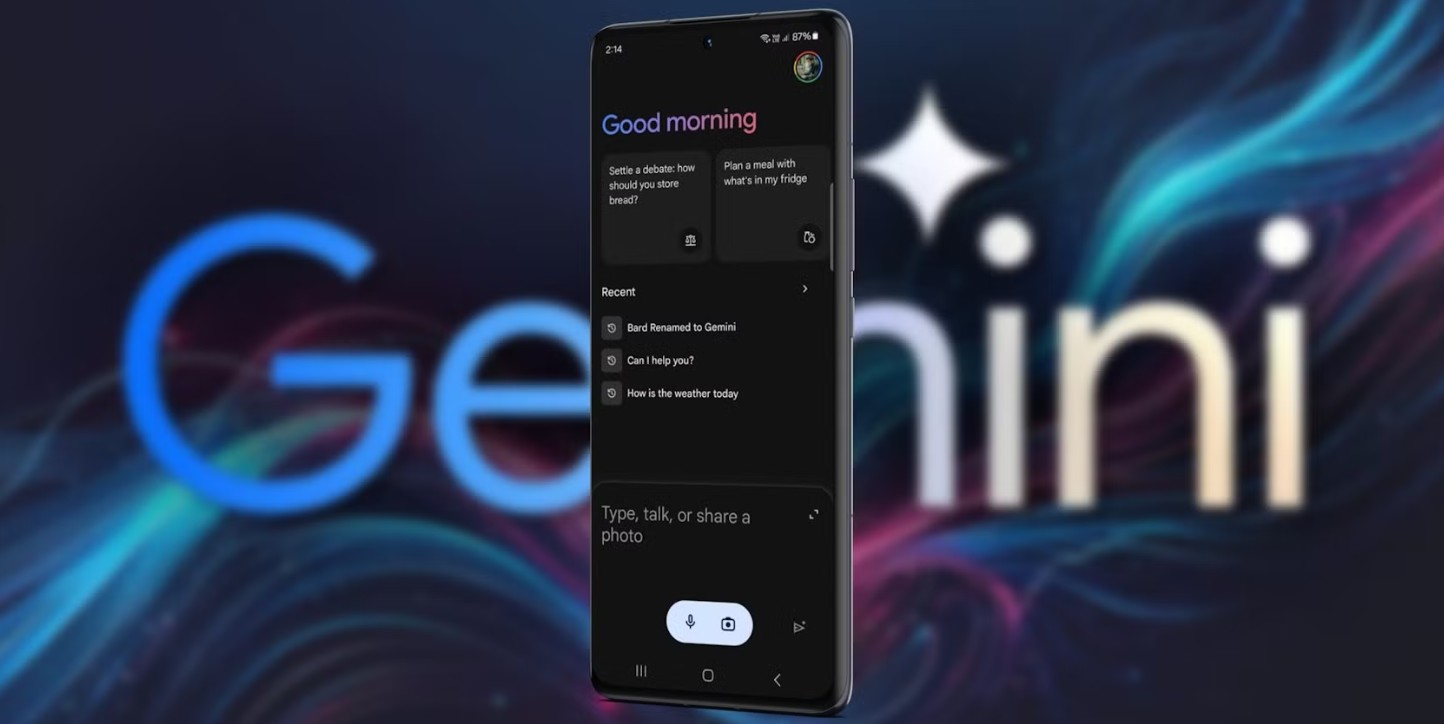
Gemini’s microphone lock feature is a great example. It doesn’t change the overall structure of the product, but it does remove a small point of friction in the experience. And when the friction is gone, the flow of the experience becomes seamless. Users don’t have to rush to speak, aren’t interrupted, don’t lose emotional connection. They get to be themselves in the conversation.
Designers call it “frictionless interaction.” It’s what every product should be aiming for: closing the gap between intention and action, making things happen as naturally as breathing.
From a technical perspective, the microphone lock is just an additional function. But from a designer’s perspective, it is a significant step forward in bringing technology closer to human emotions. This feature allows Gemini to “wait”, and sometimes, waiting is the highest expression of understanding in communication.





